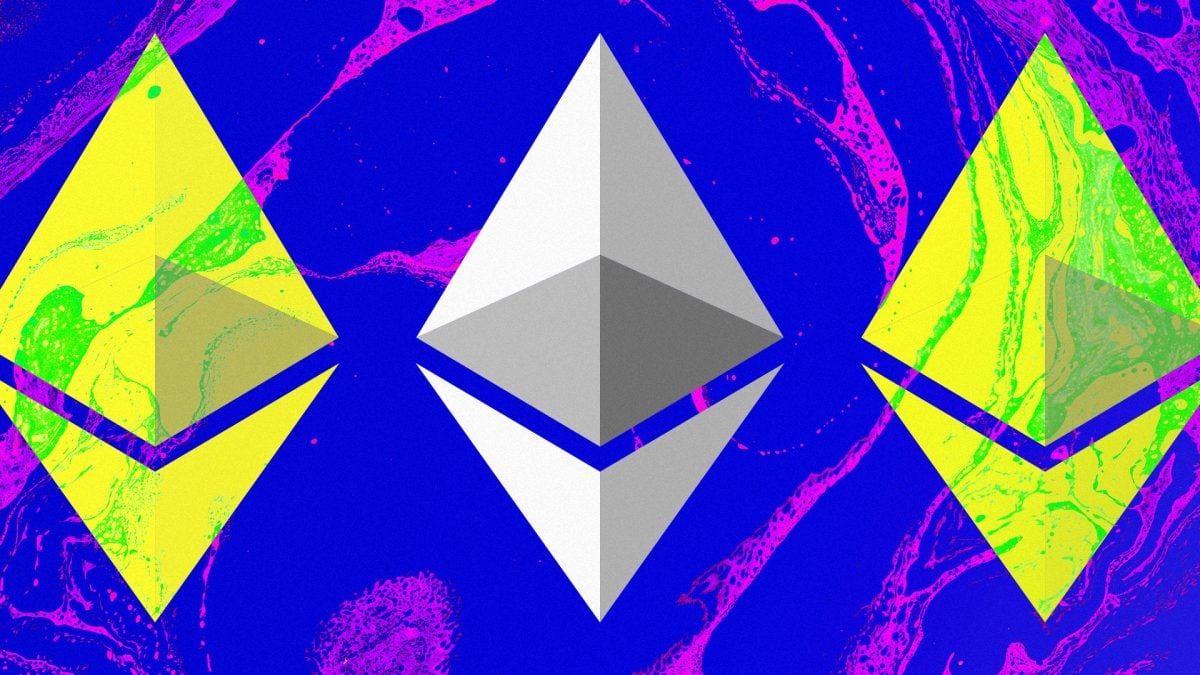Cleanspark is expected to invest $193 million in new miners and quintuple its hashrate in anticipation of halving.


CleanSpark Inc., the third-largest public Bitcoin mining company by hashrate, agreed to purchase up to 160,000 Bitmain S21 miners, according to a January 8 announcement.
This move could boost hashrate to an impressive 50EH/s next year, a significant jump from the current 10EH/s.
Bitcoin started the year at an all-time high in mining difficulty, and with halving just a few months away, miners have begun to step up efforts to scale their operations.
fixed rate deal
The deal includes an initial investment of $193.2 million for 60,000 units and a strategic option to acquire an additional 100,000 miners at a fixed rate of $18/TH/s over the next 12 months. This trade is a hedge against price fluctuations once the halving begins.
Historically, Bitcoin’s price has tended to surge following halving events. This is a feature built into the protocol that slows down the creation of new Bitcoins by halving the reward for mining a new block. CleanSpark’s investment is a strategic move to capitalize on this potential upside.
CleanSpark CEO Zach Bradford said the acquisition was a strategic decision to prepare for the next halving and ensure long-term, sustainable growth in an increasingly competitive industry. He added that the move highlights the company’s continued belief in Bitcoin. Bradford said:
“This is about more than growth. It is important to ensure operational efficiency and embrace market opportunities.”
CleanSpark’s operations, which primarily rely on low-carbon power sources, reflect the growing trend in the cryptocurrency mining industry, which is increasingly focused on sustainability and energy efficiency.
half-life effect
Miners have been considering halving predictions for years, acknowledging its inevitability and preparing accordingly. We are focused on improving operational efficiency and securing economic incentives to continue supporting the Bitcoin blockchain.
This preparation is especially important for smaller miners, who may struggle to become profitable due to high operating costs and less efficient equipment. The impact of the halving largely depends on the market price of Bitcoin. A higher Bitcoin price can offset reduced block rewards, maintaining or even increasing overall mining profitability.
However, if prices remain low, reduced rewards could push some miners out of the network, especially those with higher electricity costs and less efficient equipment. This potential change in the number of active miners could temporarily lower the mining difficulty of the network, making mining slightly easier and more profitable for those who remain active.
There is also growing interest in alternative revenue streams, such as Bitcoin Ordinals, which have pushed transaction fees within the Bitcoin network to new levels. These ordinal numbers, which are essentially metadata attached to each satoshi, create a unique asset on the Bitcoin blockchain and open up new income opportunities for miners.



